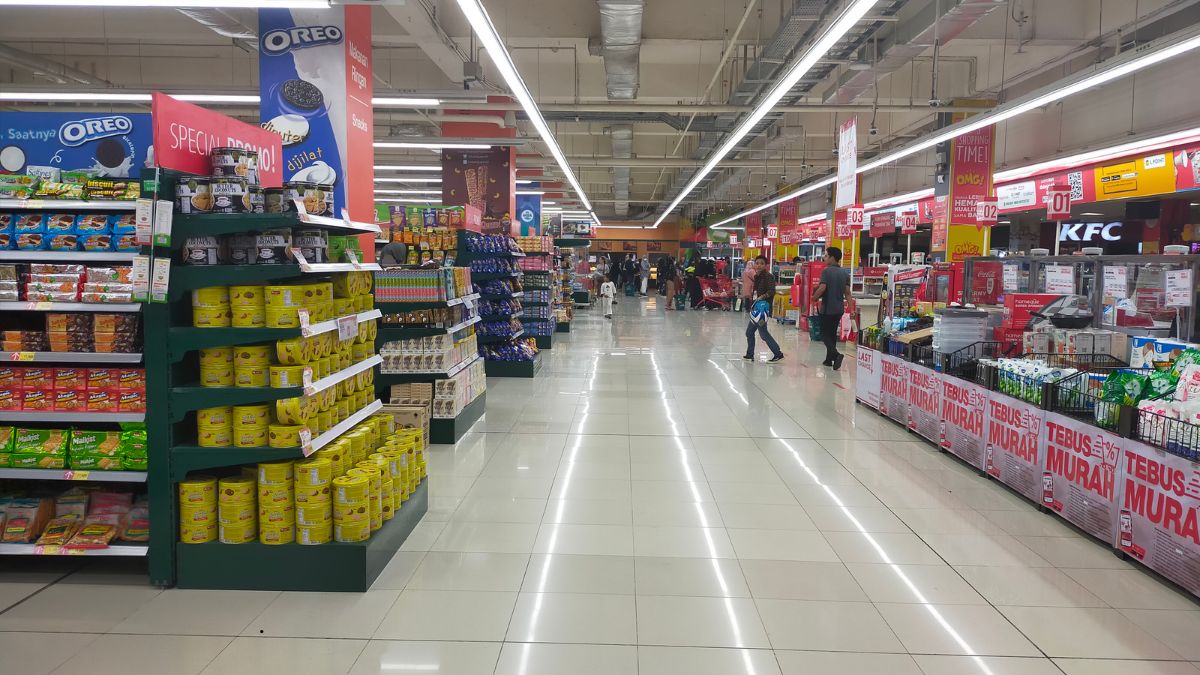The retail business is fast-paced and margin-sensitive. Whether you’re investing in a retail stock or running your own store, tracking the right financial and operational metrics is crucial for understanding performance.
Let’s explore the most important metrics to watch in the retail sector, with simple, real-world examples.
1. Same-Store Sales (SSS) Growth (Also called Like-for-Like Sales)
What it means:
Measures sales growth in stores that have been open for at least a year. This strips out growth from new store openings and focuses on organic growth.
Why it matters:
It shows whether existing stores are performing better or worse compared to the previous year.
Example:
If a retailer’s 100 existing stores had Rs 500 crore in sales last year and Rs 550 crore this year,
SSS growth = 10%
2. Gross Margin Percentage
What it means:
Shows how much money the retailer keeps after deducting the cost of goods sold (COGS).
Why it matters:
Higher gross margins mean more room to cover operating expenses like rent, salaries, and marketing.
Formula:
(Revenue – COGS) / Revenue × 100
Example:
If sales = Rs 1 crore and COGS = Rs 70 lakh:
Gross Margin = 30%
3. Inventory Turnover Ratio
What it means:
Shows how many times a retailer sells and replaces its inventory in a period (usually a year).
Why it matters:
Higher turnover means better inventory management and less money locked up in unsold goods.
Formula:
COGS / Average Inventory
Example:
If COGS = Rs 5 crore and average inventory = Rs 1 crore:
Inventory Turnover = 5 times
4. Sales per Square Foot
What it means:
Measures revenue generated per square foot of retail space.
Why it matters:
Helps understand space productivity and compare performance across different stores.
Formula:
Total Sales / Total Retail Space (sq. ft.)
Example:
If a 1,000 sq. ft. store makes Rs 2 crore in sales annually:
Sales per Sq Ft = Rs 20,000
5. Operating Margin
What it means:
Measures profitability after operating expenses like rent, staff costs, and utilities.
Why it matters:
A key indicator of how well the business controls its day-to-day costs.
Formula:
Operating Income / Revenue × 100
Example:
If Operating Income = Rs 15 lakh on Rs 1 crore revenue:
Operating Margin = 15%
6. Footfall and Conversion Rate
What it means:
-
Footfall: Total number of people entering the store
-
Conversion Rate: Percentage of visitors who actually make a purchase
Why it matters:
Tracks how well the store turns visitors into buyers.
Example:
If 1,000 people visited the store in a day and 100 made a purchase:
Conversion Rate = 10%
7. Average Transaction Value (ATV)
What it means:
Average amount a customer spends per transaction.
Formula:
Total Sales / Total Number of Transactions
Example:
If total sales = Rs 5 lakh from 1,000 transactions:
ATV = Rs 500
8. Customer Retention Rate
What it means:
Percentage of repeat customers over a given period.
Why it matters:
Loyal customers usually buy more and more often.
Example:
If you had 1,000 customers in January and 600 came back in February:
Retention Rate = 60%
Quick Summary:
| Metric | Why it’s important |
|---|---|
| Same-Store Sales Growth | Checks organic growth |
| Gross Margin | Shows pricing and cost control |
| Inventory Turnover | Reflects inventory efficiency |
| Sales per Sq Ft | Measures space productivity |
| Operating Margin | Indicates profitability |
| Footfall & Conversion | Tracks customer behavior |
| Average Transaction Value | Reveals upselling performance |
| Customer Retention Rate | Highlights customer loyalty |
Final Tip:
When analyzing a retail company, never look at a single metric in isolation. Compare year-on-year performance, check against industry benchmarks, and always link financial numbers with operational realities.


